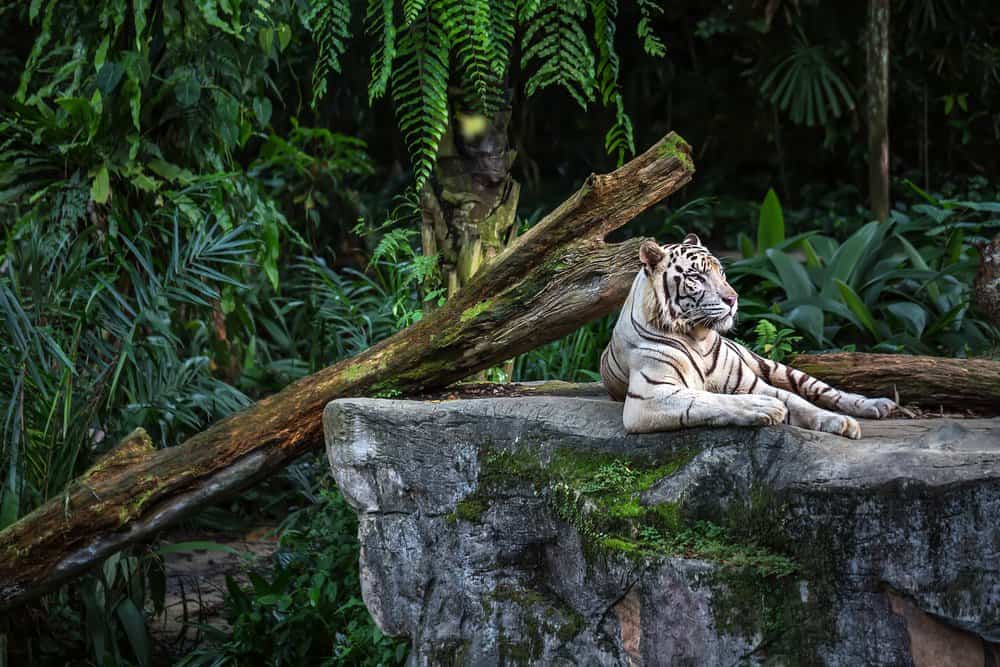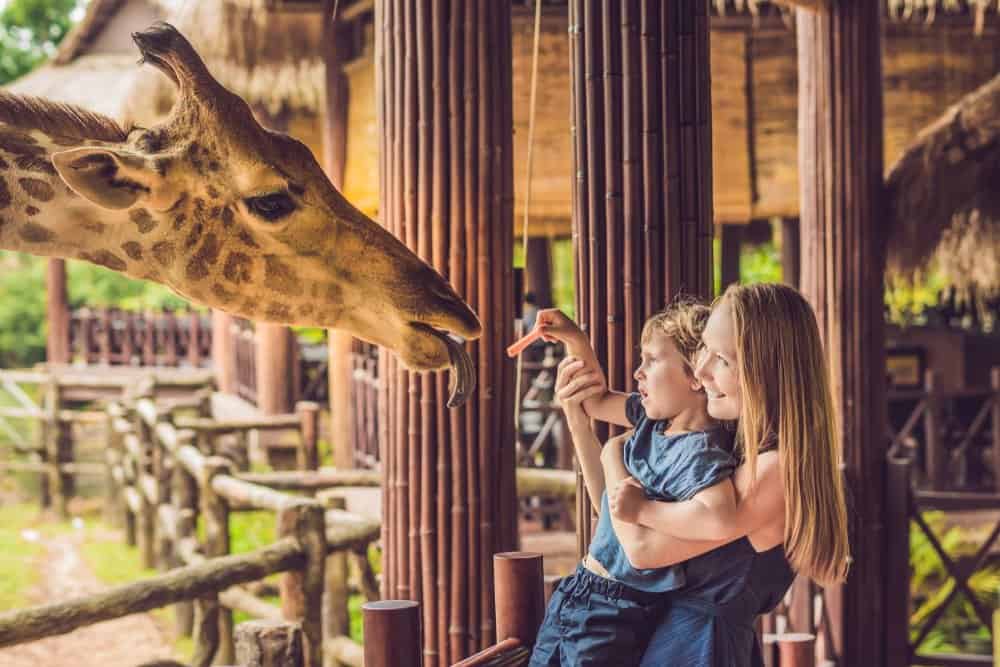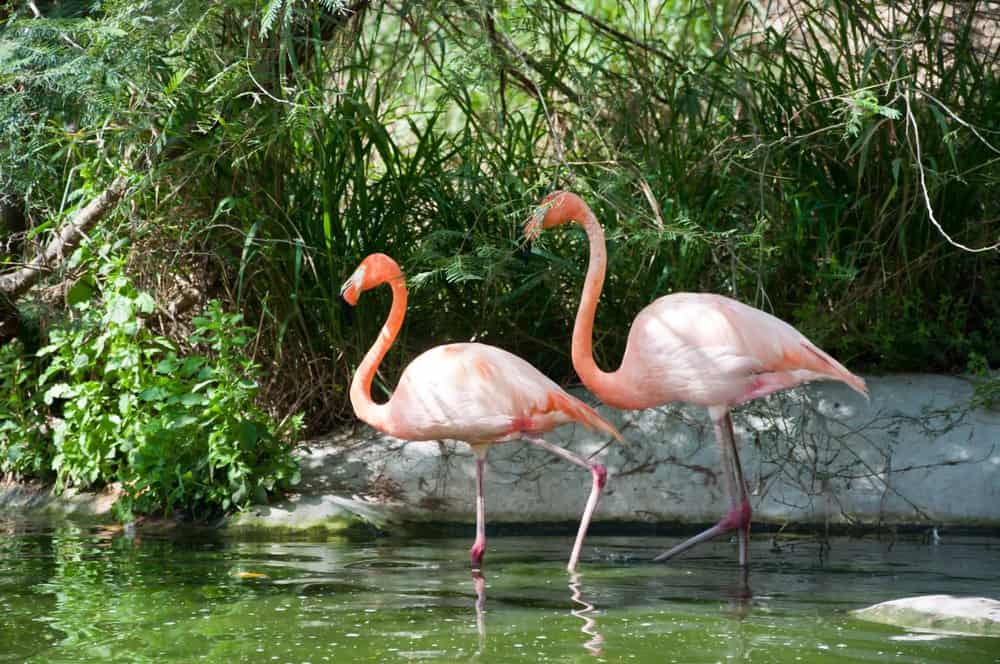All About Barcelona Zoo
Although zoos are often frowned upon by animal lovers due to poor conditions and heart-wrenchingly small enclosures for species that really should be treated with more respect, many nowadays are turning towards better practise by ensuring that their residents have more adequate space that better emulates their natural habitats and many are becoming more heavily involved in both supporting and funding conservation projects all around the world.

bezikus/Shutterstock.com
Zoos can also provide visitors with crucial access to species that they would never normally have the privilege of seeing so closely, encouraging people to learn all about the animals and the habitats in which they live, and helping people to understand the threats that an increasing number of species are facing in the wild (primarily due to more human intervention in these areas).

Elizaveta Galitckaia/Shutterstock.com
The Barcelona Zoo is one such place that on a recent visit there, we were pleasantly surprised at what we discovered. Located in a park in the heart of the city, the zoo itself looks very small from the entrance but once you pass through the gates you are met with a very clean and friendly environment that seems to go on forever. In fact, it was really quite staggering to see just how big it was considering that it is surrounded by high-rise buildings.
Numerous species can be found there including zebras, wildebeest, elephants, giraffes, meercats and mongooses, komodo dragons, tigers, tapirs, bears, rhinos and hippos. There are birds galore from penguins and flamingoes to the herons and peacocks that roam freely around the zoo, and more primate species than you can count – mandrills, gorillas, chimps, spider monkeys and tamarins to name just a few.

Wirestock Creators/Shutterstock.com
There are an impressive number of informative posters detailing each individual species and a large educational gorilla exhibition which is found close to the marine centre. A children’s zoo is found towards the end of the long route around the zoo where little ones can come close to everyday species such as goats, chicks and even guinea pigs.

MJfotografie.cz/Shutterstock.com
At the end of the day, as a natural world enthusiast it is never nice to see animals in captivity but I do strongly feel that if somewhere manages to get the balance right, zoos can be incredibly important about teaching future generations about the animals that we share our world with and highlight the importance of protecting them for the future.
More from A-Z Animals
Although zoos are often frowned upon by animal lovers due to poor conditions and heart-wrenchingly small enclosures for species that really should be treated with more respect, many nowadays are turning towards better practise by ensuring that their residents have more adequate space that better emulates their natural habitats and many are becoming more heavily involved in both supporting and funding conservation projects all around the world.

bezikus/Shutterstock.com
Zoos can also provide visitors with crucial access to species that they would never normally have the privilege of seeing so closely, encouraging people to learn all about the animals and the habitats in which they live, and helping people to understand the threats that an increasing number of species are facing in the wild (primarily due to more human intervention in these areas).

Elizaveta Galitckaia/Shutterstock.com
The Barcelona Zoo is one such place that on a recent visit there, we were pleasantly surprised at what we discovered. Located in a park in the heart of the city, the zoo itself looks very small from the entrance but once you pass through the gates you are met with a very clean and friendly environment that seems to go on forever. In fact, it was really quite staggering to see just how big it was considering that it is surrounded by high-rise buildings.
Numerous species can be found there including zebras, wildebeest, elephants, giraffes, meercats and mongooses, komodo dragons, tigers, tapirs, bears, rhinos and hippos. There are birds galore from penguins and flamingoes to the herons and peacocks that roam freely around the zoo, and more primate species than you can count – mandrills, gorillas, chimps, spider monkeys and tamarins to name just a few.

Wirestock Creators/Shutterstock.com
There are an impressive number of informative posters detailing each individual species and a large educational gorilla exhibition which is found close to the marine centre. A children’s zoo is found towards the end of the long route around the zoo where little ones can come close to everyday species such as goats, chicks and even guinea pigs.

MJfotografie.cz/Shutterstock.com
At the end of the day, as a natural world enthusiast it is never nice to see animals in captivity but I do strongly feel that if somewhere manages to get the balance right, zoos can be incredibly important about teaching future generations about the animals that we share our world with and highlight the importance of protecting them for the future.






